Things Every Homeowner Should Know about a Home Renovation

Your home is possibly the greatest investment you will make throughout your life. It houses your family, it’s your protection against the elements, it’s an expression of your own personal style and it should be your sanctuary. Sometimes however, life requires you to make changes to the space, whether it’s a growing family, a desire for more functionality or you want to increase the value of your home to sell it and move elsewhere. Whatever the motivation, here are few things to note when you decide you do want to complete a home renovation:
Always Choose a Credible Contractor
There’s many moving parts to a home renovation and you’ll want to know that your contractor has got your back. In addition to assessing the scale of the project, coordinating with suppliers, and dealing with various permits, your contractor will help ensure the renovation stays on budget and on schedule. You’ll want to choose a credible contractor that comes with referrals and positive recommendations from your friends and family. Remember, you’ll be spending a lot of time discussing your new plans with the people building it, so you want to make sure you have a good rapport with your team.
Quality Always Trumps Cost
A home renovation can be costly and of course, you don’t want to break the bank by choosing the most expensive materials around. However, going for materials that have the lowest price tag, may result in short-term savings but not necessarily long term gains. Quality always trumps cost in this respect. By choosing quality materials like higher rated insulation for example, you save money in the end thanks to longer warranties, better product durability and correct installation. Though it costs more at the onset, it will save you hundreds of dollars throughout the years.



 Discovering mould or asbestos during a home renovation is the last thing a homeowner wants. But surprisingly, it happens more often that you would think. Asbestos in particular was often used pre-1980’s for home building due to its excellent heat insulation, electrical insulation and fire retardant properties. However, it ends up becoming highly hazardous when it is disturbed and its fibres are awakened from their dormant state and well, if you’re going through a home renovation, you know it’s quite a disturbance.
Discovering mould or asbestos during a home renovation is the last thing a homeowner wants. But surprisingly, it happens more often that you would think. Asbestos in particular was often used pre-1980’s for home building due to its excellent heat insulation, electrical insulation and fire retardant properties. However, it ends up becoming highly hazardous when it is disturbed and its fibres are awakened from their dormant state and well, if you’re going through a home renovation, you know it’s quite a disturbance.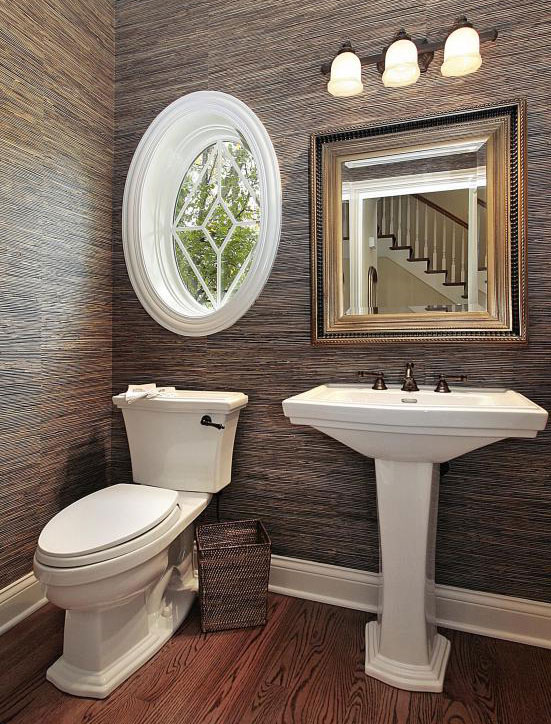

 Plan, plan, plan.
Plan, plan, plan.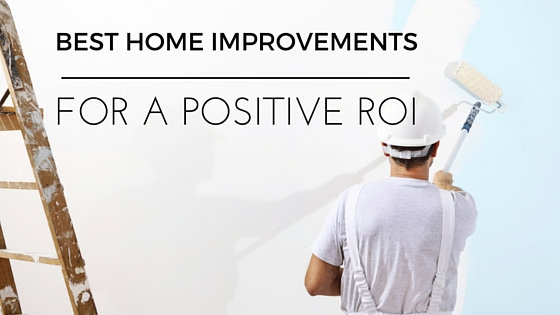

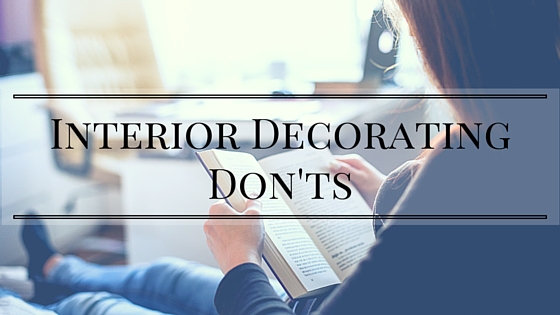
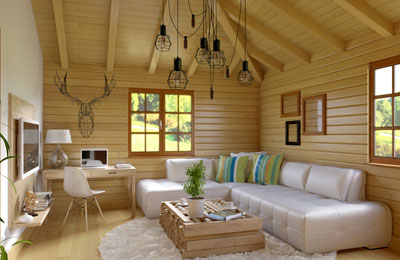 For the final post in our series of the basic principles of interior design, we’re discussing proportion and scale.
For the final post in our series of the basic principles of interior design, we’re discussing proportion and scale.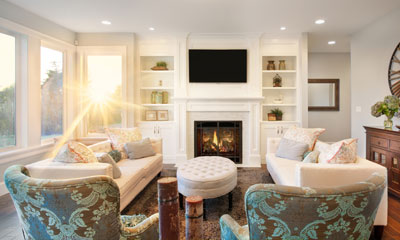 Educating yourself on the basic principles of interior design is useful when taking on the task of redecorating or renovating your home. Even with the help of an interior designer, you can equip yourself with the lingo that your designer might throw into a conversation or throw it into the conversation yourself.
Educating yourself on the basic principles of interior design is useful when taking on the task of redecorating or renovating your home. Even with the help of an interior designer, you can equip yourself with the lingo that your designer might throw into a conversation or throw it into the conversation yourself.  Part of a home renovation entails thinking about how you want to revamp your interiors. Getting acquainted with the basic principles of interior design, enable you to don your own designer cap and envision the space you’d like to create and live in. We’ve covered
Part of a home renovation entails thinking about how you want to revamp your interiors. Getting acquainted with the basic principles of interior design, enable you to don your own designer cap and envision the space you’d like to create and live in. We’ve covered 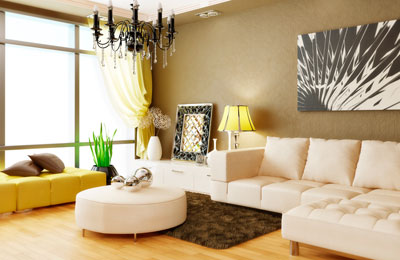 Home renovations require you to assess your current home’s interior design and what you hope to achieve in your rebuild. As such, we’ve decided to talk about the basic principles that govern interior design.
Home renovations require you to assess your current home’s interior design and what you hope to achieve in your rebuild. As such, we’ve decided to talk about the basic principles that govern interior design. You can envision your new space and you’re taking the next steps to renovate or redecorate your home. Choosing the right furniture items, the right place for them, the right fabric to reupholster your grandmother's chair –can seem like quite a task. Understanding a few of the fundamental interior design principles can help you create a beautiful space.
You can envision your new space and you’re taking the next steps to renovate or redecorate your home. Choosing the right furniture items, the right place for them, the right fabric to reupholster your grandmother's chair –can seem like quite a task. Understanding a few of the fundamental interior design principles can help you create a beautiful space.

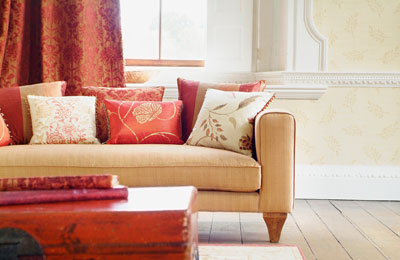 If your bedding or sofa is looking for an update, adding throw pillows or a blanket can brighten things up and change the whole look. With a countless number of colors, textures, prints and designs to choose from, you can take your couch from zero to hero by simply adding a cushion to rest your head on. Same goes for throw blankets, with all kinds of textures and colors available - you can liven up a bland couch while having something within arms reach to keep your toes warm.
If your bedding or sofa is looking for an update, adding throw pillows or a blanket can brighten things up and change the whole look. With a countless number of colors, textures, prints and designs to choose from, you can take your couch from zero to hero by simply adding a cushion to rest your head on. Same goes for throw blankets, with all kinds of textures and colors available - you can liven up a bland couch while having something within arms reach to keep your toes warm. If committing to a color for your walls causes too much anxiety for you – then art is your answer. A piece of art can set a mood, inspire you, reflect what you cherish most or simply fill up that wall that you keep thinking “needs something.” Whether it’s a statement piece or a collage of images that create a gallery-like feel – art is an easy way to bring up the eye-appeal in your home. No moving of furniture necessary.
If committing to a color for your walls causes too much anxiety for you – then art is your answer. A piece of art can set a mood, inspire you, reflect what you cherish most or simply fill up that wall that you keep thinking “needs something.” Whether it’s a statement piece or a collage of images that create a gallery-like feel – art is an easy way to bring up the eye-appeal in your home. No moving of furniture necessary.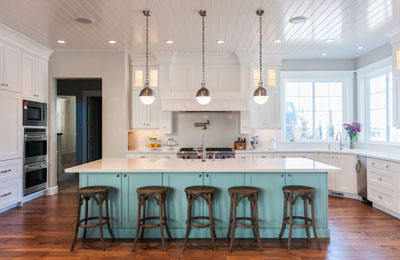 Details make all the difference – your hardware can take cupboards from traditional to modern in mere seconds. Although predominately found in contemporary interiors, chrome, nickel and stainless steel are great choices for your kitchen cabinetry that all fall into the white, silver-grey color category.
Details make all the difference – your hardware can take cupboards from traditional to modern in mere seconds. Although predominately found in contemporary interiors, chrome, nickel and stainless steel are great choices for your kitchen cabinetry that all fall into the white, silver-grey color category.  Chrome is the short form for chromium. Chrome is metal core plated with a thin chromium veneer. Standard chrome hardware has a polished surface that shines like a mirror and reflects light in the same way. As such, surfaces of this nature show fingerprints and scratches more readily. There is also satin or brushed chrome, which gives the appearance of a matte surface. Chrome plating will not rust, however when it is damaged - it can appear dull. The metal core can rust if plating is lost through accidental damage or with natural wear over time.
Chrome is the short form for chromium. Chrome is metal core plated with a thin chromium veneer. Standard chrome hardware has a polished surface that shines like a mirror and reflects light in the same way. As such, surfaces of this nature show fingerprints and scratches more readily. There is also satin or brushed chrome, which gives the appearance of a matte surface. Chrome plating will not rust, however when it is damaged - it can appear dull. The metal core can rust if plating is lost through accidental damage or with natural wear over time. Nickel is metal core plated with a thin nickel veneer. Nickel hardware options can go from highly polished or satin finishes to having a darker, weathered, antique appearance. Nickel provides a toned down, softer look that often appears in transitional style kitchens. Though nickel is resistant to corrosion and wear, over time it can become dull and start to tarnish. Nickel is often lacquered in an effort to help keep dulling at bay or at least, slow down this process.
Nickel is metal core plated with a thin nickel veneer. Nickel hardware options can go from highly polished or satin finishes to having a darker, weathered, antique appearance. Nickel provides a toned down, softer look that often appears in transitional style kitchens. Though nickel is resistant to corrosion and wear, over time it can become dull and start to tarnish. Nickel is often lacquered in an effort to help keep dulling at bay or at least, slow down this process.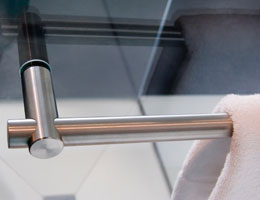 Genuine stainless steel hardware is typically made from a metal alloy that does not need plating. It is not as shiny as chrome plating, which may assist with hiding fingerprints – if that’s what you’re hoping for. Its composition can contain chromium or nickel which increases its durability. Quality stainless steel hardware is tarnish resistant, scratch resistant, and corrosion resistant.
Genuine stainless steel hardware is typically made from a metal alloy that does not need plating. It is not as shiny as chrome plating, which may assist with hiding fingerprints – if that’s what you’re hoping for. Its composition can contain chromium or nickel which increases its durability. Quality stainless steel hardware is tarnish resistant, scratch resistant, and corrosion resistant. When renovating your home, deciding what colors to incorporate can bring about excitement or downright anxiety. The psychology of colors has largely been incorporated by interior designers, marketers and artists alike to evoke emotions - both positive and negative. Certain colors can increase your blood pressure, increase your metabolism or cause eyestrain. As such, learning a little bit about the psychology behind colors may help you make a choice that sets the right mood for the intended areas in your home.
When renovating your home, deciding what colors to incorporate can bring about excitement or downright anxiety. The psychology of colors has largely been incorporated by interior designers, marketers and artists alike to evoke emotions - both positive and negative. Certain colors can increase your blood pressure, increase your metabolism or cause eyestrain. As such, learning a little bit about the psychology behind colors may help you make a choice that sets the right mood for the intended areas in your home.  Orange symbolizes energy, vitality and optimism.
Orange symbolizes energy, vitality and optimism.

 Purple has been associated with royalty, wealth, wisdom and creativity.
Purple has been associated with royalty, wealth, wisdom and creativity.